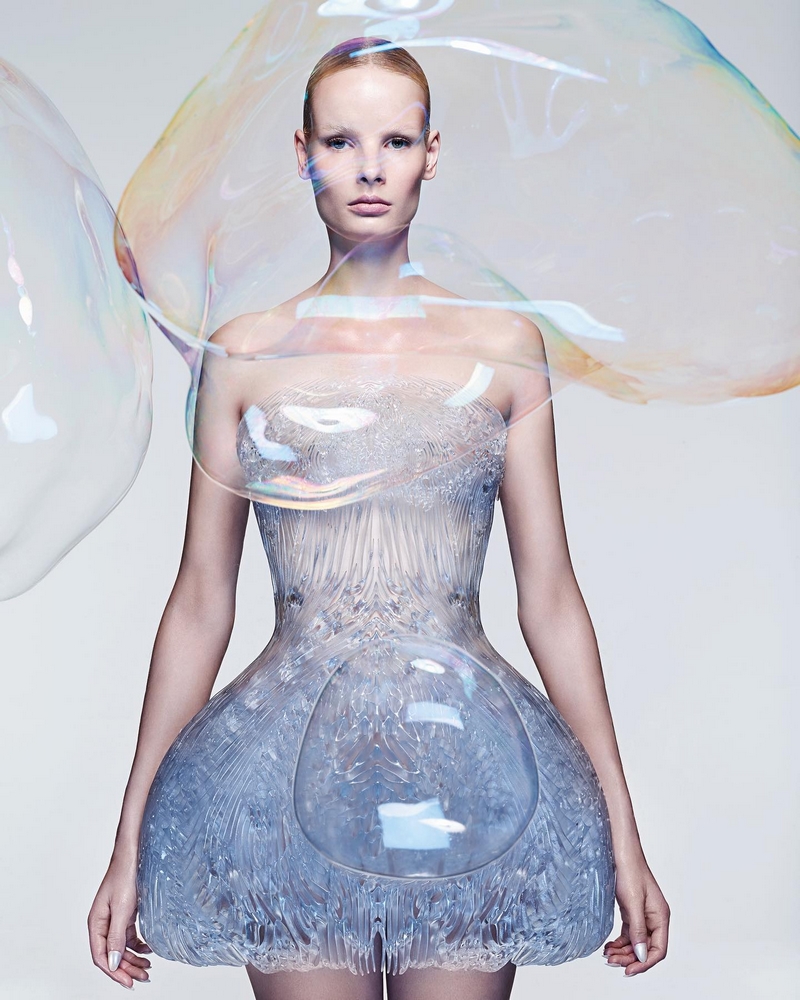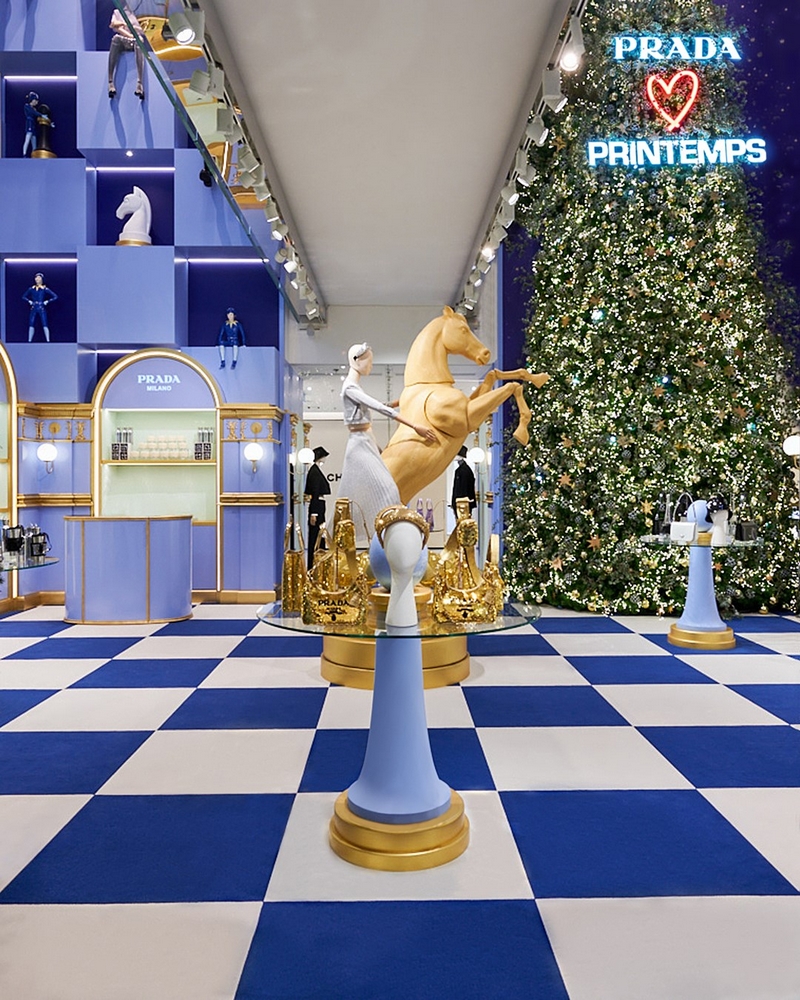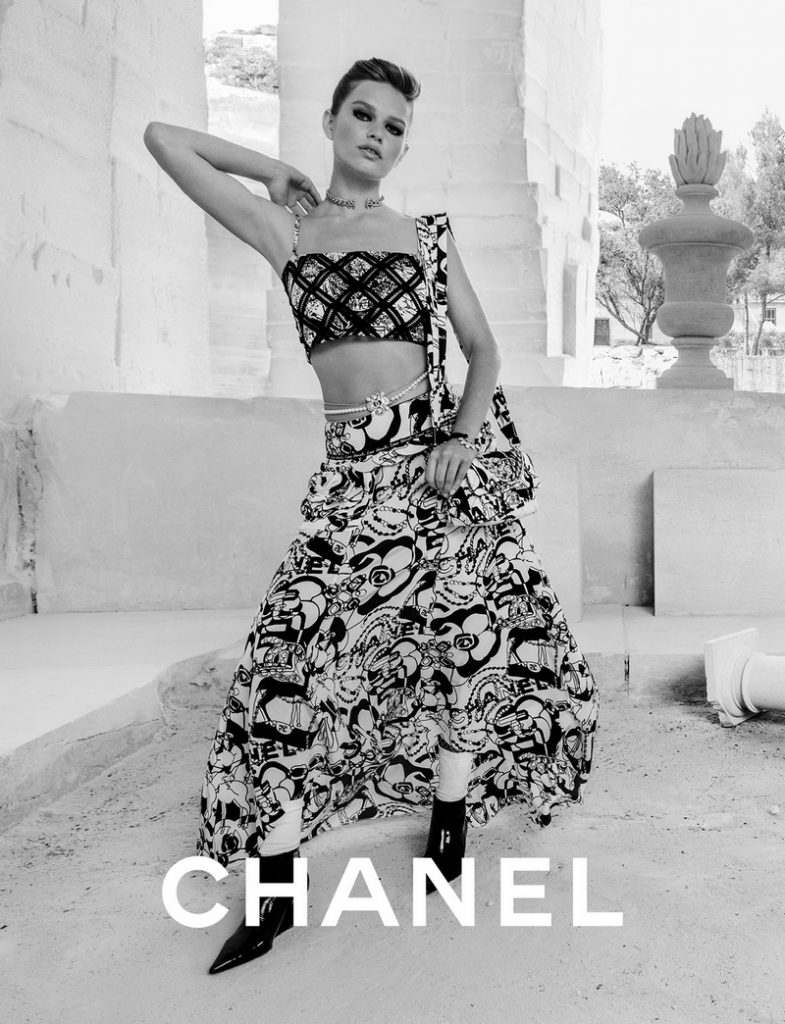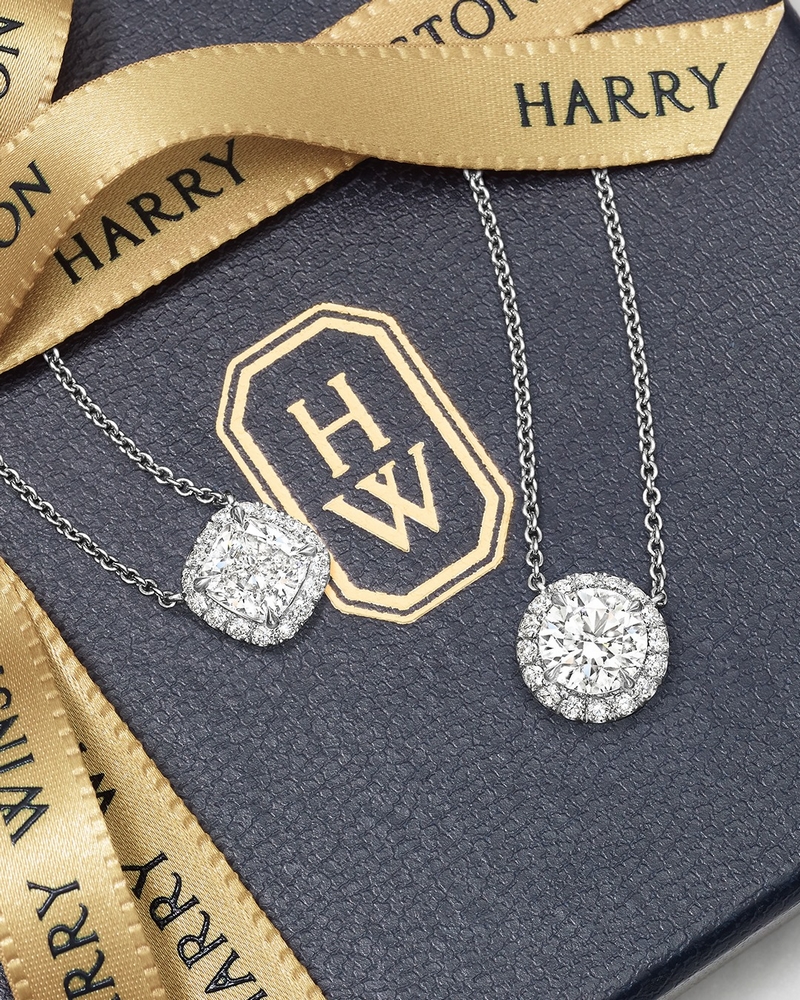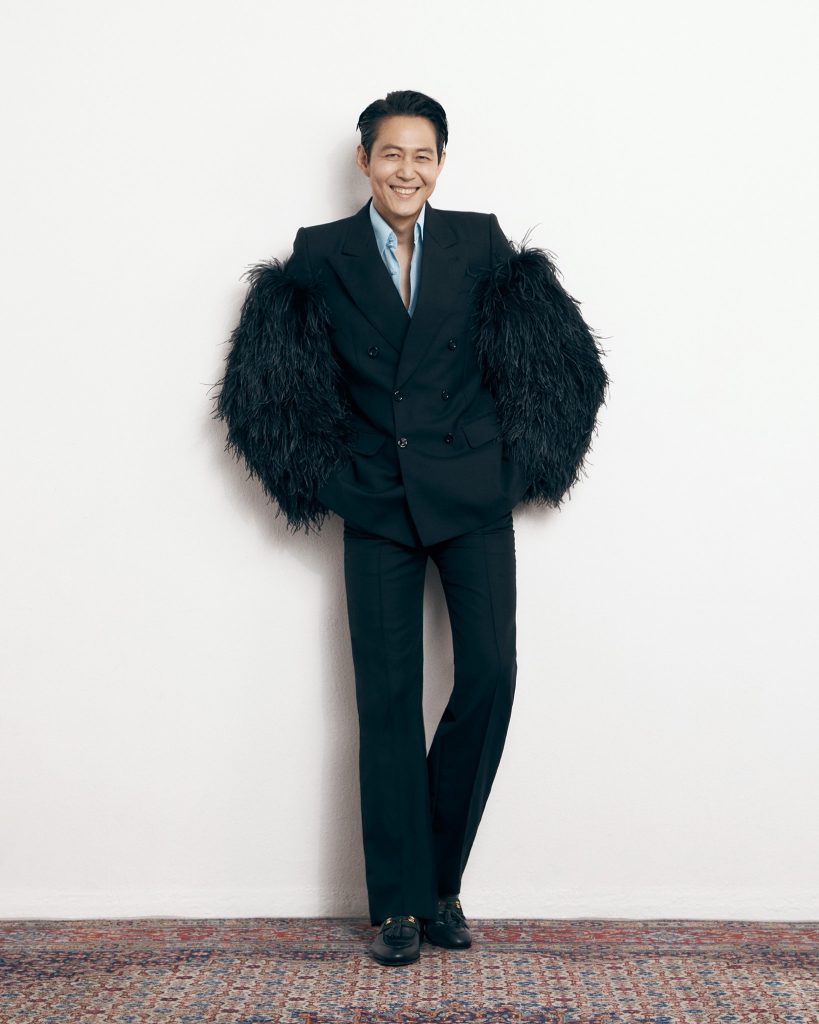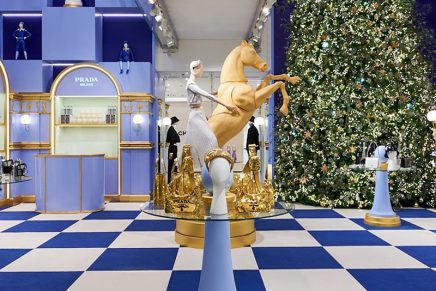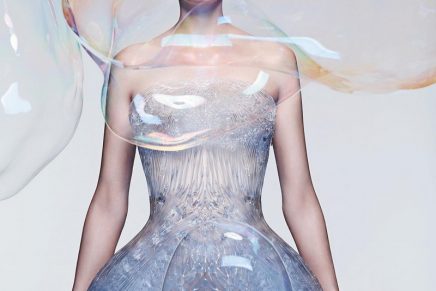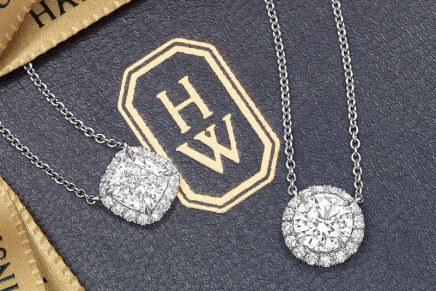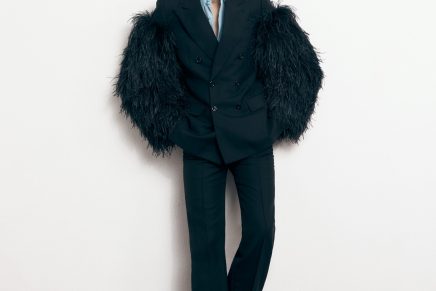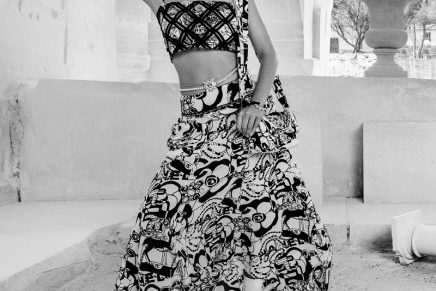After a sharp contraction in 2020, the personal luxury goods market grew by 29% at current exchange rates to hit EUR 283 billion, increasing the size of the market by 1% versus 2019 levels. For the future, Bain & Company estimates that the personal luxury goods market could reach EUR 360-380 billion by 2025 with asustained growth of 6-8% annually.
The overall luxury market—encompassing both wider luxury goods and experiences—are still below 2019 levels, reaching approximately EUR 1.1 trillion, with a shift from experiences to goods and experience-based goods compensating for just half of the gap versus 2019.
The revived luxury market has been powered by the resumption of local consumption, the dual engine of China and the US and consistent strength of the online channel. Younger customers (Gen Y and Gen Z) continue to drive growth and together are set to make up 70% of the market by 2025. Shifts in the market have accelerated and luxury brands are transforming from makers of products to purpose-driven actors in the push for a more sustainable, diverse and equal society.
These are among the findings from the 20th edition of the Bain & Company Luxury Study, released today in Milan in collaboration with Fondazione Altagamma, the Italian luxury goods manufacturers’ industry foundation.
“The changes in the luxury industry over the past 20 years have been remarkable, and the emergence from the Covid crisis comes as a renaissance for luxury brands,” said Claudia D’Arpizio, a Bain & Company partner and lead author of the study. “Where once it was all about status, logos and exclusivity, luxury brands are now actors in social conversations, driven by a renewed sense of purpose and responsibility.”
After navigating an unpredictable year, the luxury industry returned to growth in the second and third quarters when compared to 2019.
Bain expects that the most likely outcome for the fourth quarter will be 1% growth versus 2019, which would allow the year to end on a positive note. Driving this growth is remarkable momentum in China, where the market size has doubled since 2019, as well as solid growth in the US, where a new map of luxury is fast emerging with increased importance of secondary cities and suburban areas. The Americas is now the largest global market for luxury, representing EUR 89 billion or 31% of the global market, while China now represents EUR 60 billion or 21%. The Middle East was another bright spot with Dubai and Saudi Arabia leading the growth.
Europe, Japan and rest of Asia only partially recovered during 2021 and have still not reached pre-Covid levels. Their comeback is linked to the resumption of global travel. Japan is expected to be back to pre-crisis levels by 2023 and Europe by 2024.
Secondhand market thrived throughout the crisis
Bain estimates that the secondhand luxury market soared to reach EUR 33 billion in 2021, driven by increased demand and a growing competitive arena. As a comparison, the secondhand market has grown by 65% between 2017 and 2021, versus 12% growth over the same period in firsthand luxury.
Online channel nearly doubled in the past two years
After a 50% jump from 2019 to 2020, online continues to power on, growing by 27% from 2020 to 2021 to reach an estimated EUR 62 billion in market value this year, thanks to accelerated adoption during COVID with newly acquired customers. Brand-controlled websites now make up 40% of the online segment, up from 30% in 2019. Online and monobrand stores combined were the key channels for 2021’s recovery and will lead growth in the midterm. Increasing market concentration but still room for rising stars
Over the last 20 years, the leading brands have grown both their share of the market—now reaching close to 33% versus 17% in 2000—as well as their relative size versus other players—now up to 18 times bigger than the average versus 7 times 20 years ago. That said, there is still a place for rising stars in the industry. These players currently make up 2% of the market but are experiencing growth twice as fast as the broader market by appealing to fast-moving consumer trends.
In broader luxury markets, consumers are indulging on products rather than experiences
Looking at the wider market for luxury, there is a divergence between goods and experience-based goods—in particular furniture, design and fine food and wine—versus experiences such as travel and hospitality. Nevertheless, willingness to go back to experiences is at an all-time high, with their recovery mainly dependent on normalization of travel.
Luxury players find their voice in a shifting global landscape
The expanding universe of luxury customers expects more from brands than ever before. Well beyond products, they seek personalisation and alignment with their values, a strong voice on social issues, and real action and responsibility when it comes to sustainability.
“It’s interesting to think about where the industry might be in 20 years from now,” said Federica Levato, a partner at Bain & Company and co-author of the report. “It’s likely that the crisis will mark a turning point for luxury as we knew it—luxury brands will continue to redefine themselves, expanding their mission beyond creativity and excellence, becoming enablers of social and cultural change.”

